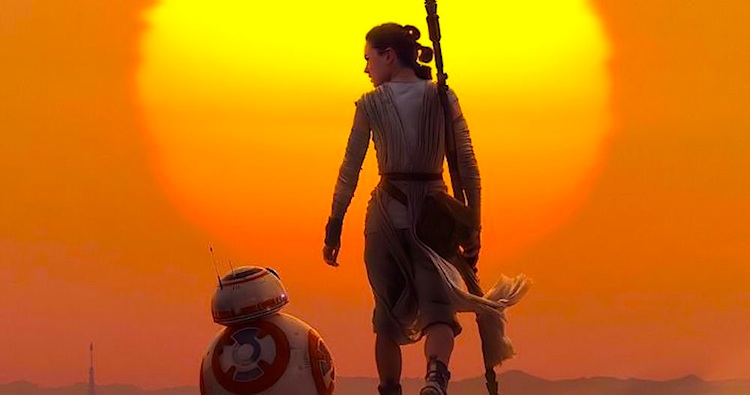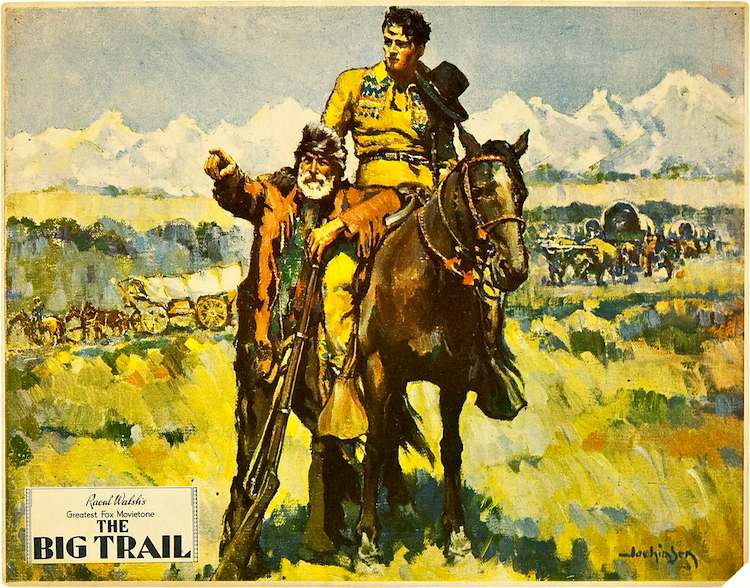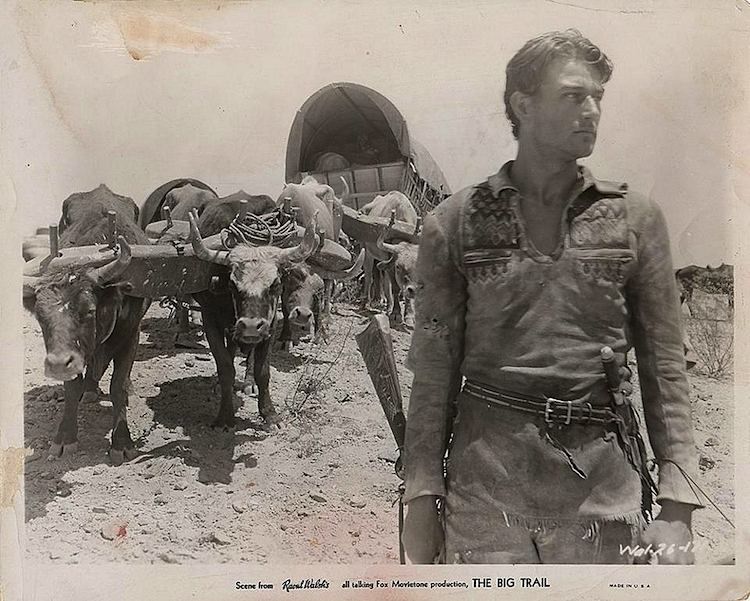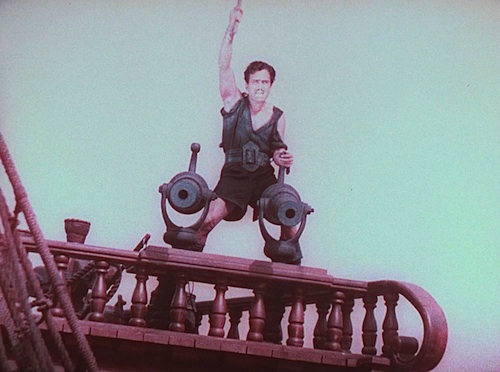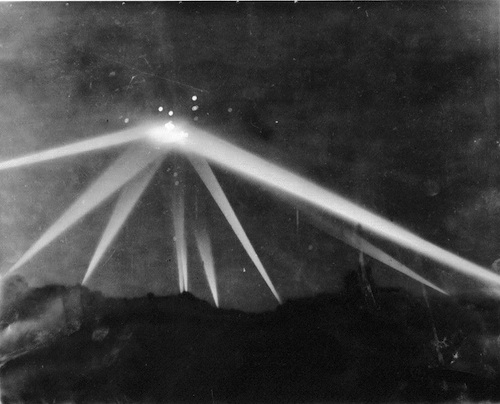[The post below is a featured post on the front page of The Huffington Post.]
By Jason Apuzzo. “There’s been an awakening. Have you felt it?” – Supreme Leader Snoke, in Star Wars: The Force Awakens.
Supreme Leader Snoke wasn’t kidding. In 2015, the Force not only awakened – it drank a whole pot of coffee, scored two touchdowns in the Cotton Bowl, and entered the New Hampshire primary, all before noon. Saturday Night Live even wants the Force to host the show this weekend – but the Force is apparently too busy interviewing for the Eagles’ head coaching job.
Let’s face it, Star Wars and the Force are back in a fist-pumping, Rocky Balboa-kind of way. Interestingly, Star Wars‘ only competition at the box office this past year was Jurassic World – another movie coming from a franchise that otherwise seemed to be enjoying its retirement, sipping guaro somewhere out on Isla Nublar.
The question is: how are these venerable film series still lighting it up at the box office, so many years on? And is there some vital secret about the entertainment legacy of George Lucas and Steven Spielberg – some clue to the amazing, ongoing appeal of their work – that in all the chatter on the Internet we still might’ve missed?
To recap, 2015 was truly a huge, record-smashing year at the movies – #1 all-time, unadjusted for inflation – and the surreal, gravity-defying numbers are still rolling in. Both Star Wars: The Force Awakens and Jurassic World are now among the top 4 grossing movies of all time – with The Force Awakens suddenly becoming the highest earning domestic film ever. Even adjusted for inflation (a more rigorous standard), both films will end up among the top 25 films of all time. That’s apparently even including Taylor Swift videos and Geico commercials.
How unusual is this sort of one-two punch at the box office? Over the past 50 years, only four times (1965, 1973, 1994, 2015) have two films cracked the top 25-adjusted list coming out of the same year. So clearly there’s something going on here.
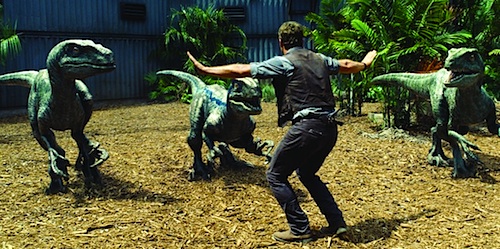
As most people know, the original Star Wars (released in 1977) and Jurassic Park (released in 1993) were gigantic, sci-fi bookends to an era in popular entertainment largely dominated by Lucas and Spielberg. Working separately or together (as in the Indiana Jones films), the two directors forced a tectonic shift in Hollywood’s business strategy away from making movies to please grouchy East Coast critics and Oscar voters to producing fan-friendly, sci-fi and fantasy fare for teenagers and kids. The industry hasn’t looked back since.
What’s surprising, though, is how popular their signature film series still are. The explanation for this is both simple and complicated.
<<For the rest of the article, please visit The Huffington Post.>>
Posted on January 8th, 2016 at 7:08pm.
